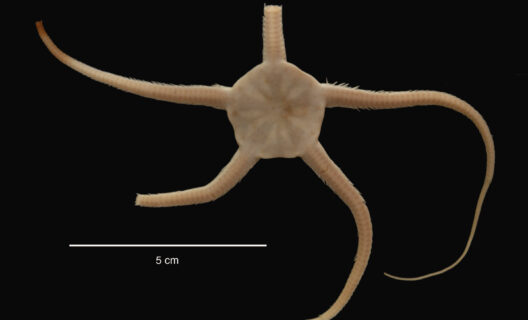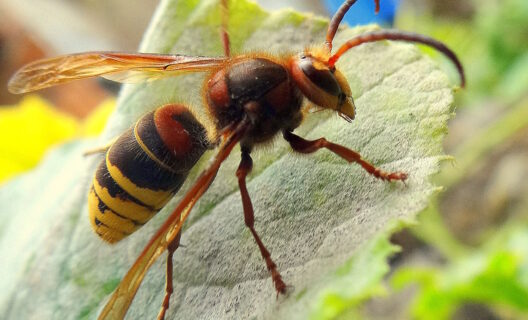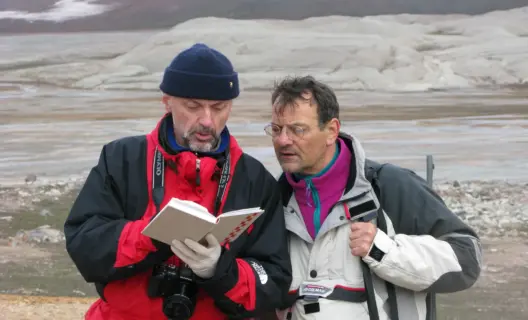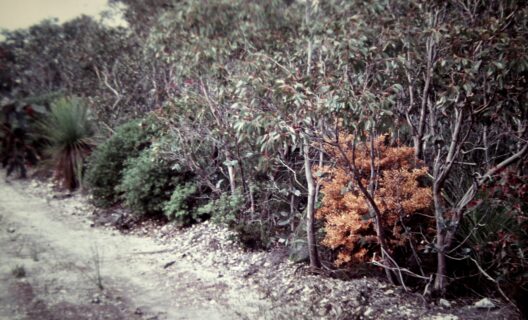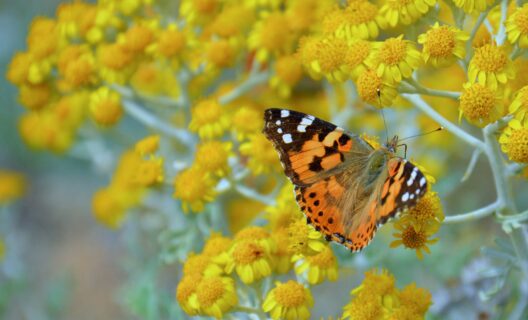
Biodiversity stories
Since the beginning of time, we’ve told stories to make sense of the world. Here, biodiversity comes to life through articles that blend science, wonder, and curiosity. These stories inform without overwhelming, explain without oversimplifying, and bring you closer to what keeps life in balance: the intricate beauty of nature.


